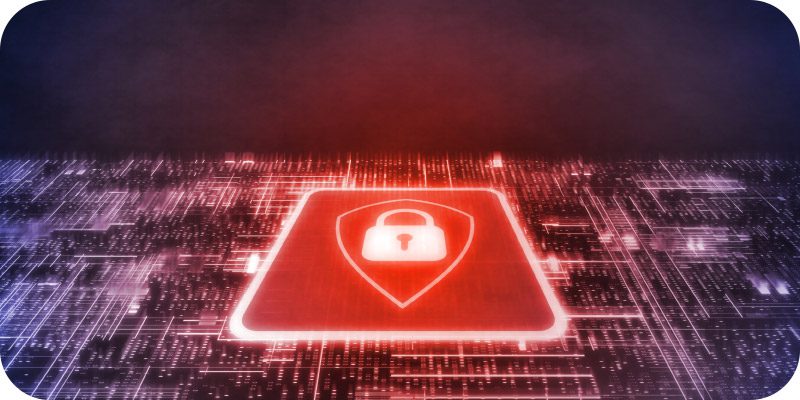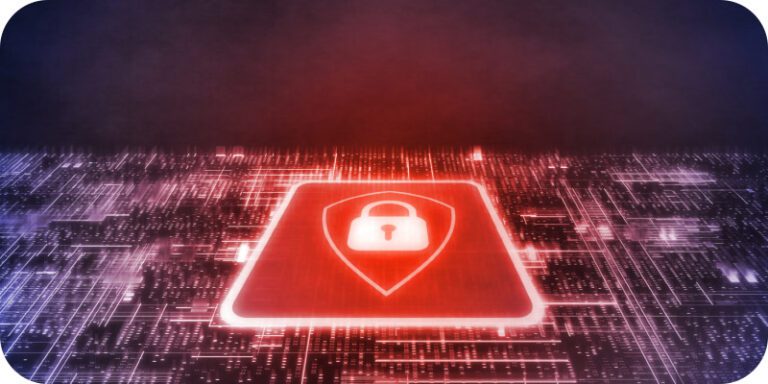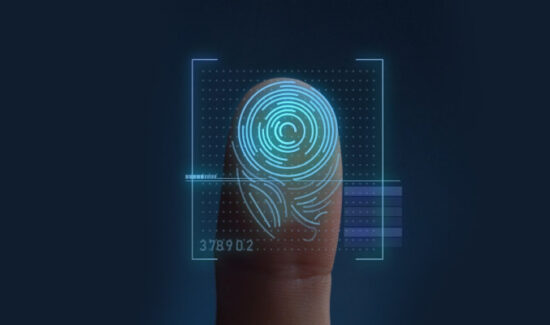Why It’s Time to Ditch World Password Day

Arun Shrestha, the CEO and Co-Founder of BeyondID, shares his thoughts on why it might be time to replace World Password Day. This article originally appeared in Insight Jam, an enterprise IT community that enables human conversation on AI.
 Passwords are old news, and World Password Day—once a reminder of cybersecurity best practices—now underscores the importance of phasing out the very authentication method it once championed. With stolen credentials topping the breach origin charts and phishing attacks up 4,151 percent since the launch of ChatGPT, it’s clear that traditional passwords are no longer sufficient. Modern threats call for passwordless authentication—not just for stronger security, but for a frictionless user experience. It’s time to answer the phone. “Everyone, everywhere will be hacked at some point…identity security isn’t just about stopping bad actors—it’s about making sure you’re not making their job easier.”
Passwords are old news, and World Password Day—once a reminder of cybersecurity best practices—now underscores the importance of phasing out the very authentication method it once championed. With stolen credentials topping the breach origin charts and phishing attacks up 4,151 percent since the launch of ChatGPT, it’s clear that traditional passwords are no longer sufficient. Modern threats call for passwordless authentication—not just for stronger security, but for a frictionless user experience. It’s time to answer the phone. “Everyone, everywhere will be hacked at some point…identity security isn’t just about stopping bad actors—it’s about making sure you’re not making their job easier.”
The Problem with Passwords
Back in 2013, World Password Day was a pretty good idea. Changing your password every 90 days was a solid security strategy, after all. But 12 years later, World Password Day is a relic of a bygone era…and passwords aren’t the answer anymore—they’re the problem.
Relying on passwords in 2025 is like locking your front door and leaving the key under the mat. According to Verizon’s Data Breach Investigations Report, 77 percent of basic web application attacks involve stolen credentials. Even more alarming, fewer than half of organizations have adopted multi-factor authentication (MFA), leaving accounts vulnerable to credential stuffing and brute-force attacks.
Real-World Risks of Password Reliance
Passwords don’t just fail in theory—they fail in the real world. Reused logins, weak policies, and predictable patterns give attackers easy access to sensitive data. Social engineering and phishing have evolved, too, boosted by AI-generated deepfakes that mimic voices, craft convincing emails, and outsmart human judgment.
A Harvard Kennedy School and Avant Research Group study found that AI-generated phishing emails had a 54 percent click-through rate in 2024, making them as effective, if not more, than those crafted by humans.
MFA Isn’t Always Enough
Despite widespread support—and even mandates from agencies like the Cybersecurity and Infrastructure Security Agency (CISA)—MFA adoption remains inconsistent at best. But even when implemented, it’s not a silver bullet. Common methods like SMS codes and push notifications are still vulnerable to push fatigue and attacks like SIM swapping.
In early 2024, Cisco Duo’s AI and Security Research team reported that nearly half of security incidents involved MFA bypass attempts. Around the same time, Microsoft’s MFA was found vulnerable to a flaw dubbed AuthQuake, which allowed attackers to bypass MFA protections in minutes through token manipulation, highlighting how quickly poorly configured systems can be exploited.
To stay ahead, organizations need something stronger: phishing-resistant authentication. Think passkeys, FIDO2, and device-bound biometrics. These methods eliminate the weakest link: the user-generated password.
The Case for Going Passwordless
Passwordless authentication isn’t just better than its predecessors—it’s simpler. Users log in with a fingerprint, face scan, or one-time passcode. There are no passwords to remember or credentials to steal—just a seamless, secure experience—and the benefits are measurable.
Gartner estimates that 20-50 percent of IT help desk calls are password resets. That’s a lot of wasted time and money. Passwordless reduces that burden, and with built-in risk detection like device fingerprinting and behavioral biometrics, it also bolsters fraud prevention. Better UX, stronger security, and more resilient systems—this is what passwordless has to offer.
A Better Way to Celebrate Security
Let’s face it: it’s time to retire World Password Day.
Passwords no longer represent best practices, and modern threats demand more than reminders to “update your login.” It’s time to shift focus to strategies that actually work, like phishing-resistant authentication and secure-by-design identity frameworks.
We’ve seen firsthand how this shift occurs in complex, high-risk environments like healthcare. One regional provider recently replaced manual access management with an automated identity integration between their EHR and workforce directory. The result? Stronger compliance, fewer access gaps, and a major boost in operational efficiency. That’s the real-world impact of leaving outdated authentication behind.
Maybe it’s time for Identity-First Access Day. Or Phishing-Resistant Authentication Week. Whatever we call it, the message should be clear: it’s time to celebrate the future of cybersecurity.



















